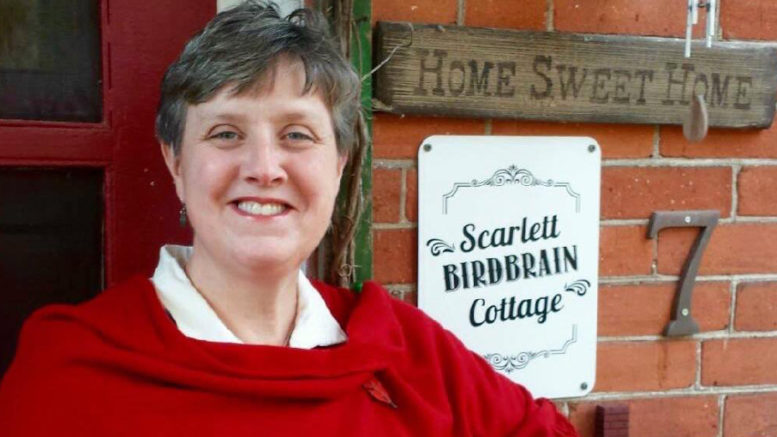By Laurie Snider
Notes From The Nest
For this week’s column, I needed to do a little research, so I went on a fun, fact-gathering field trip, with a family member who works in the furniture business. Interestingly, the piece of furniture we spend more time on than any other is our bed. This is because we spend fully one-third of our lives sleeping. Indeed, what could possibly be more important than the place we go nightly to slip into that wondrous state of unconsciousness, in which our nervous systems become inactive, our muscles are relaxed and we slip into that blissful land of dreams?
Cavemen were the first ones to sleep on mattresses. These were quite rudimentary, made of leaves, grass and animal skins for warmth and perhaps a colony or two of insects.
Early Egyptians created raised platforms, made of wood, so they could be off the ground. Apparently, they felt this was a better option than waking abruptly and finding themselves face to face with a snake or some other creepy crawly critter. Can’t say I blame them! Their esteemed ruler, King Tut, however, had a much grander sleeping arrangement. His bed was made of solid gold and ebony.
Did you ever wonder where the sayings, “Time to hit the hay,” or “I’m going to hit the sack” came from? Well, during the middle ages when Anglo-Saxon homes had great halls, families, servants and livestock all lived, ate and slept there together. At bedtime, they made mattresses out of sacks filled with straw or hay, which makes these expressions rather self-explanatory.
Further on in history, rope beds were designed. These beds consisted of wooden frames with a woven lattice of ropes used to support the mattress. After a time, the ropes would lose their tautness, requiring tightening. Thus the pronouncement, ‘sleep tight’ was born!
By the mid-18th century, the quality of mattresses improved greatly. They were now filled with the likes of wool, cotton, coconut fibres, feathers or horsehair and covered in more amenable fabrics like linen or cotton. Despite this, things still weren’t entirely rosy in the bedroom. They were hardly the solitary, private sanctuaries we like to think of them as today. Frequently, family members shared the bed… Lots of them! Spaces were allotted by age and gender. Servants often slept on the floor of their master’s chamber and sometimes they even hopped in the bed too!
It was also not uncommon for complete strangers staying at an inn to share a bed. A notable example is Benjamin Franklin and John Adams, in New Brunswick, in 1776. It seems neither got much sleep though, as they spent the night disagreeing, about whether to keep the window opened or closed. Once the Victorian era began, communal sleepovers became taboo, being viewed as immoral and unseemly.
Since then, a myriad of changes with an eye for extreme comfort and luxury have followed. These include developments such as coil spring mattresses, pocket springs, water and air beds, adjustable beds and materials such as foam rubber, latex and the product du jour, memory foam. Many are even infused with cooling gels and graphite to regulate body temperature, lest we overheat while we slumber.
I learned a great deal on my field trip. For instance, double beds were once the most common but that crown now belongs to the queen. I also learned, the merits of the flippable versus non-flippable mattress. I felt like Goldilocks bouncing (not literally) from bed to bed, trying out different levels of firmness, searching for one, that was ‘just right!’ We even got on an adjustable bed and discovered much to our delight, that you can position it almost into a perfect V. We giggled at the thought of getting wedged in there for the night. It seemed like something you might have seen on an episode of I Love Lucy!
When the time finally comes, to retire your mattress, from retiring on it, the good news is mattresses are recyclable. There is a fabulous company called Matt Canada, in operation since 2004. According to their website, it takes over 100 years for a mattress to decompose once buried. Luckily between 95 and 99 percent of mattress components can be recycled or repurposed. To date this inspiring company has kept a total of over 3,244,000 pounds of mattress out of landfills.
Our beds are sources of comfort, joy, rest and rejuvenation. I think one of the finer things in life is, at day’s end, crawling under a rumpled pile of coverings, propped up on a fluffy pile of pillows and reading a good book. It’s something I try never to take for granted. “Now I lay me down to sleep, thank you Lord, for my bed so sweet!”

